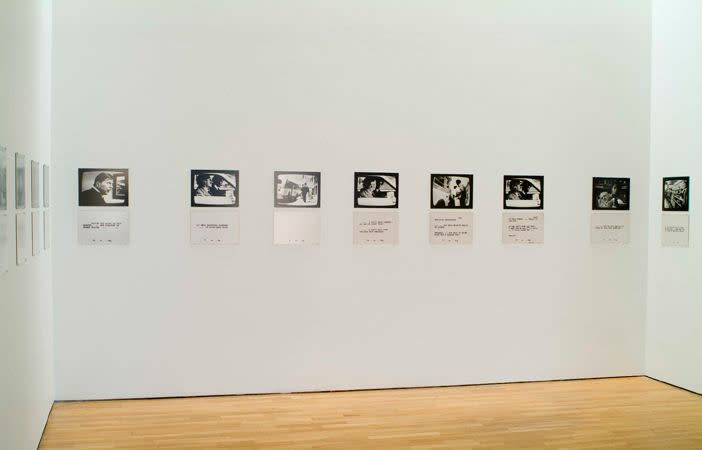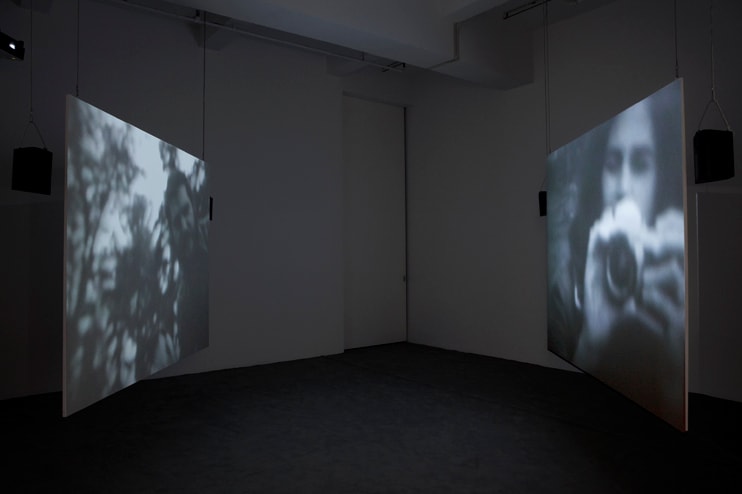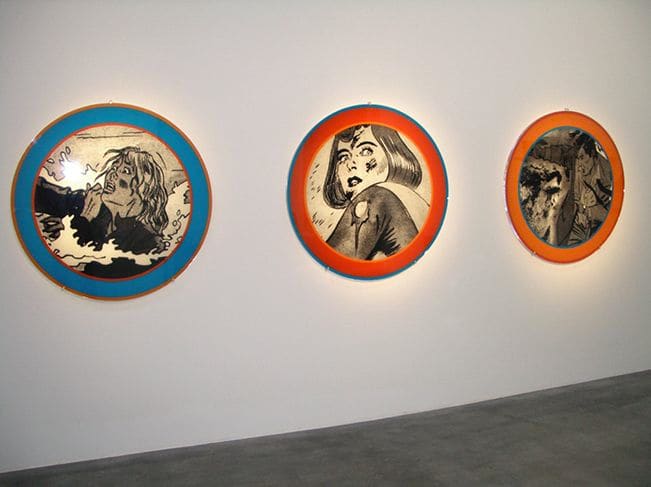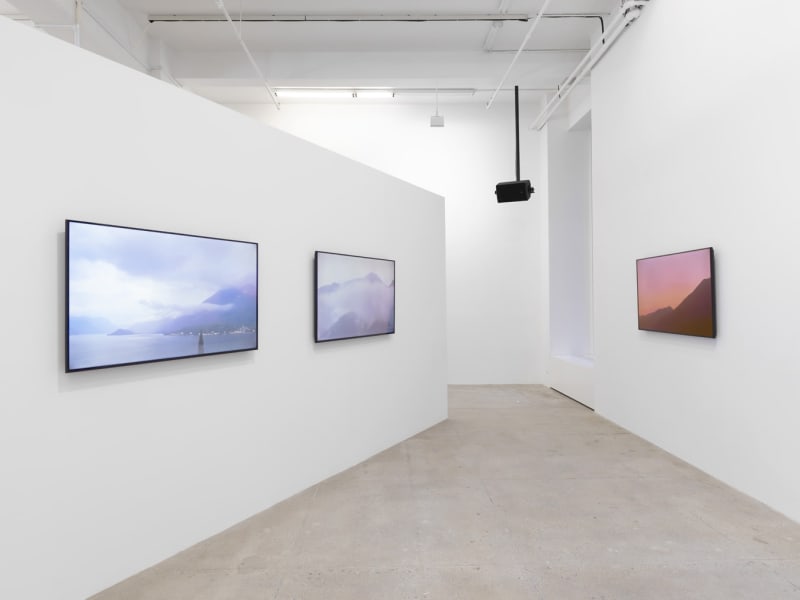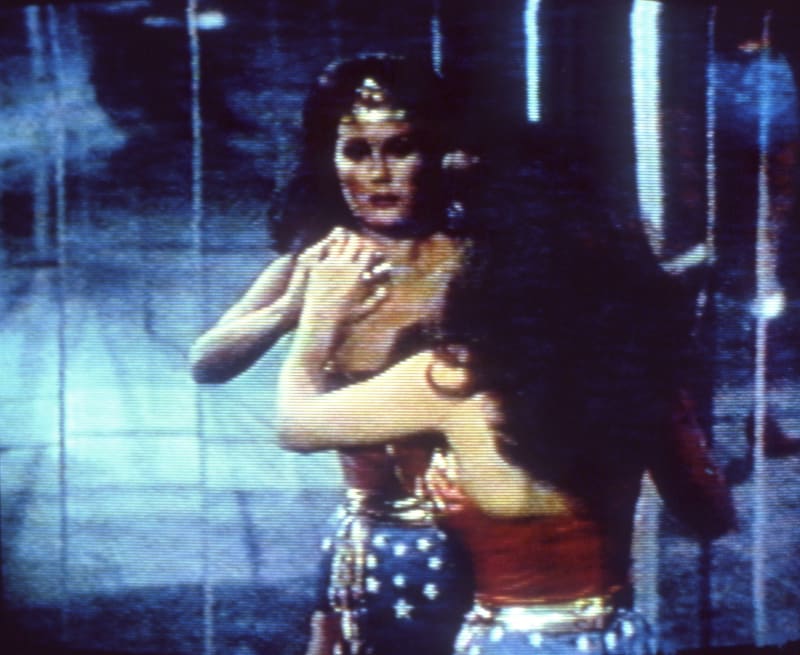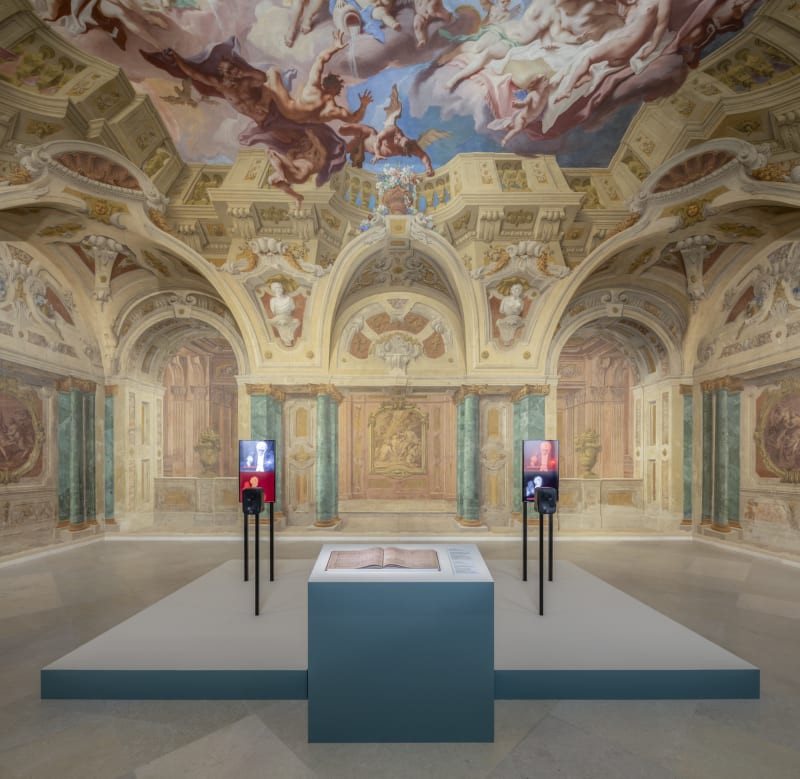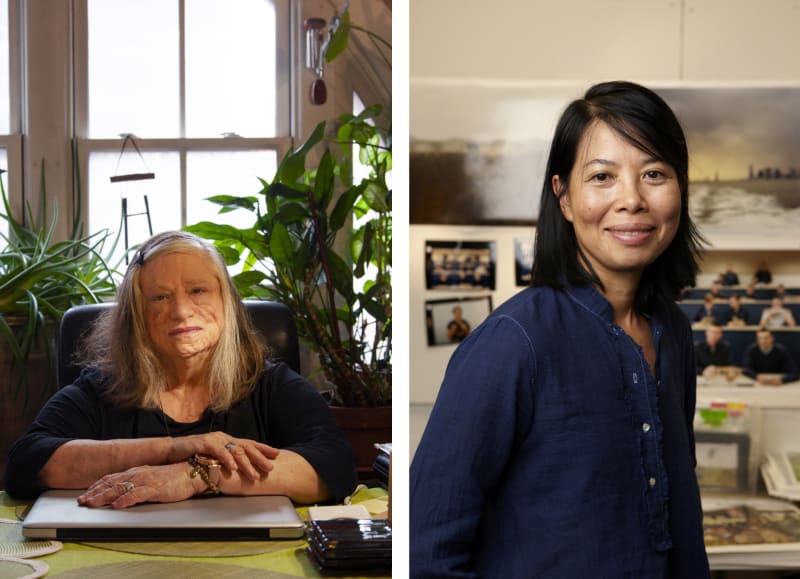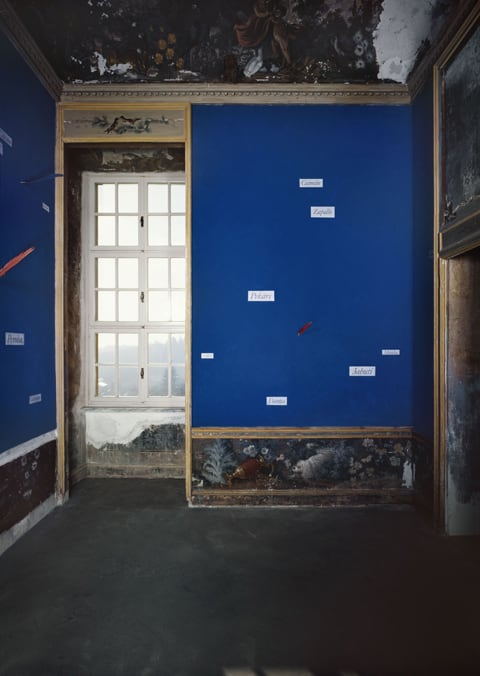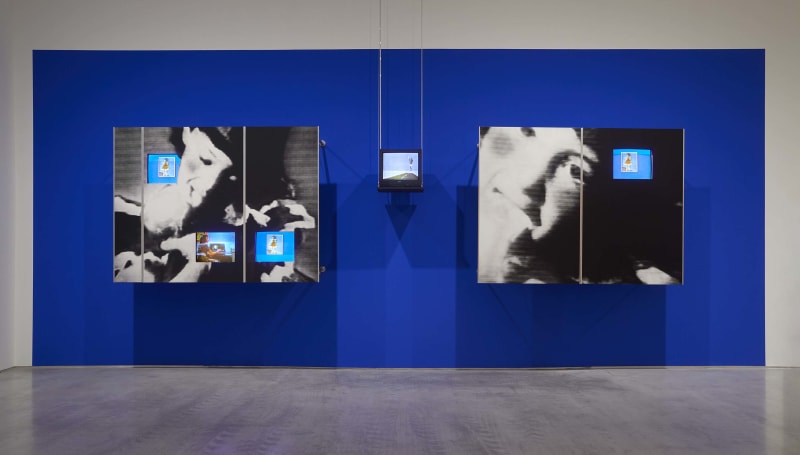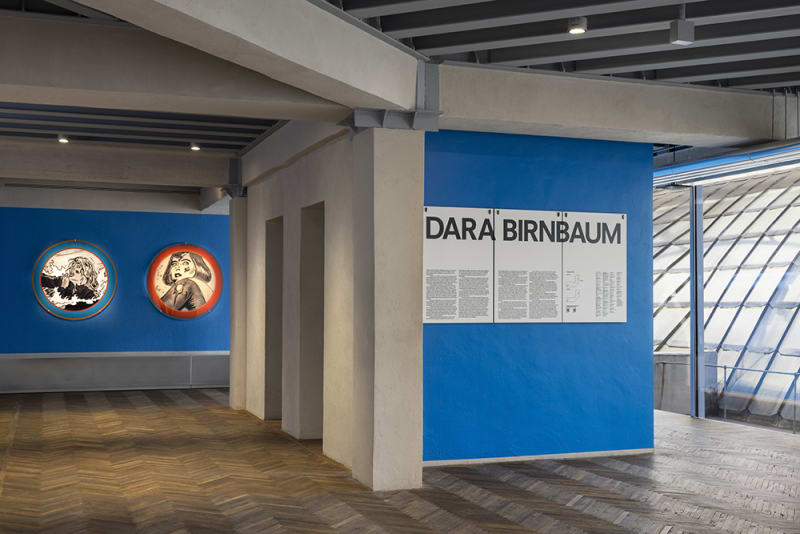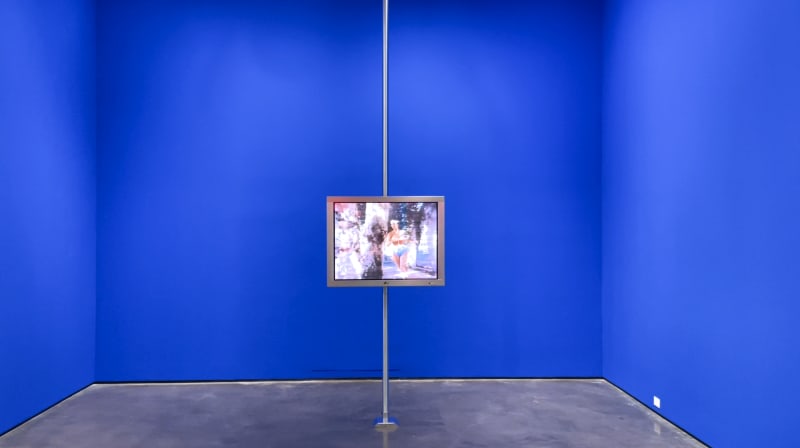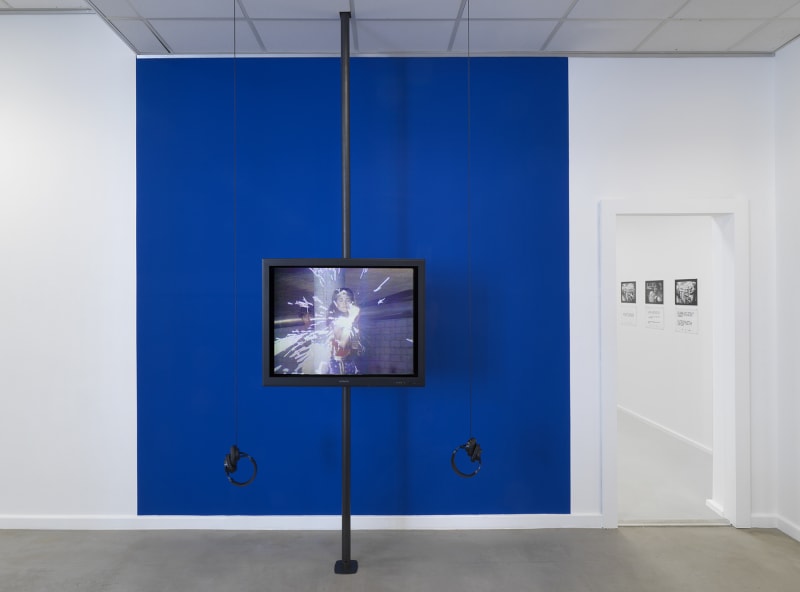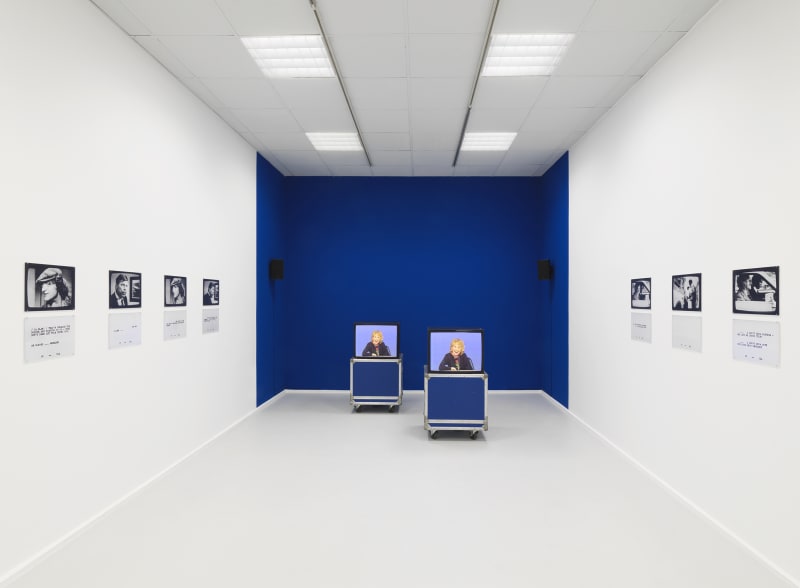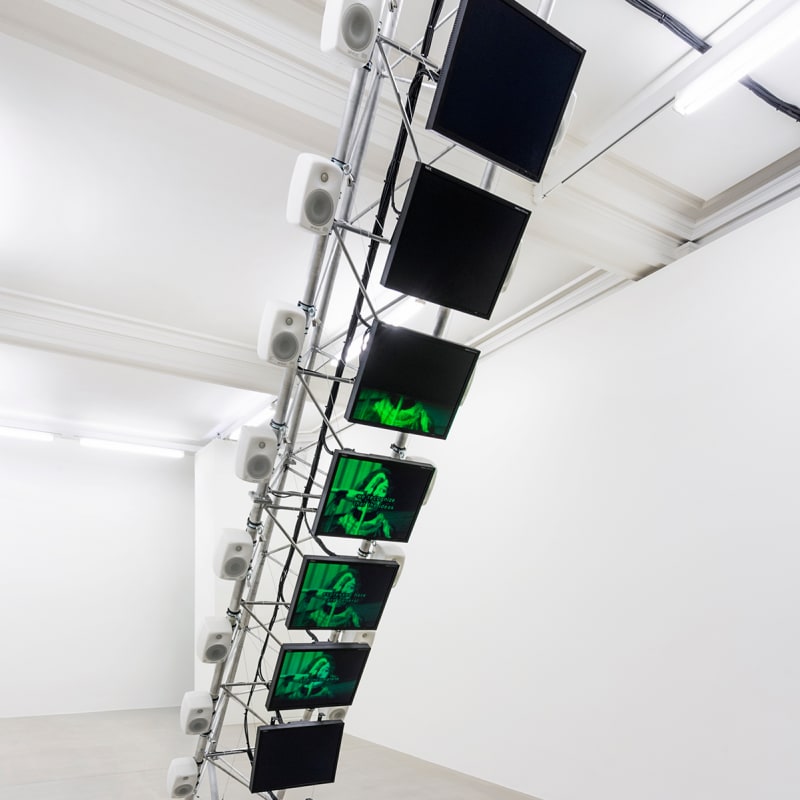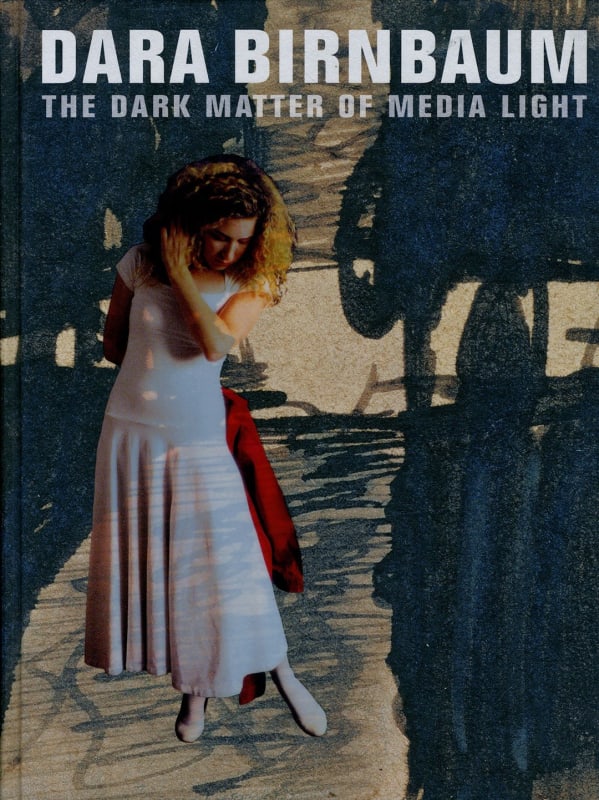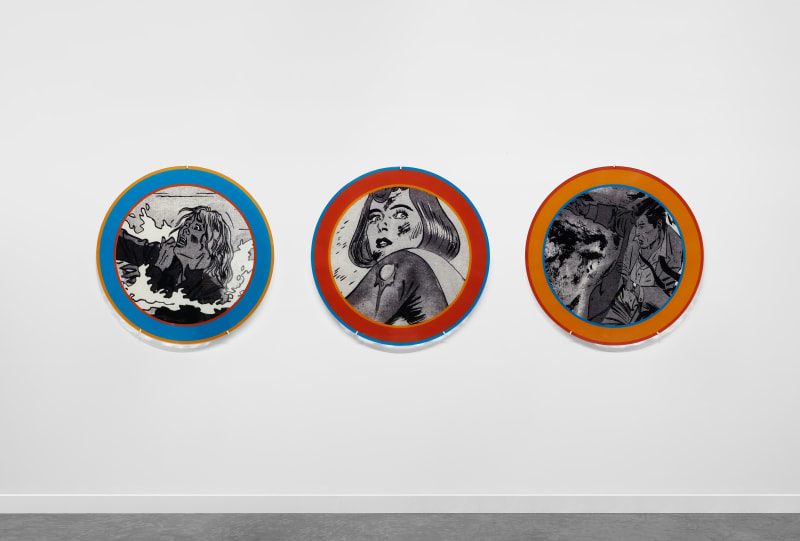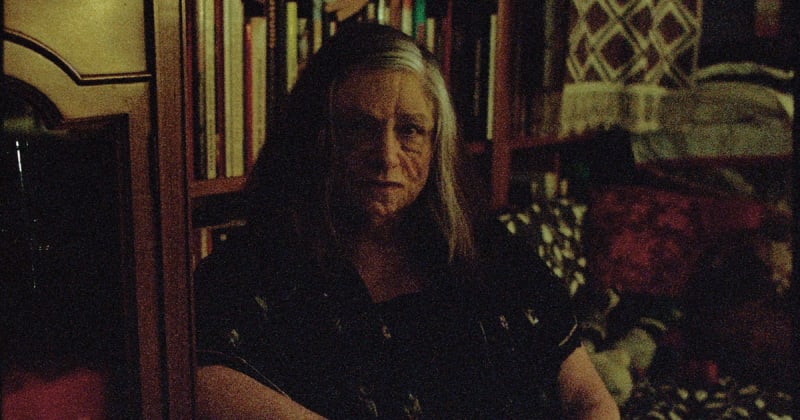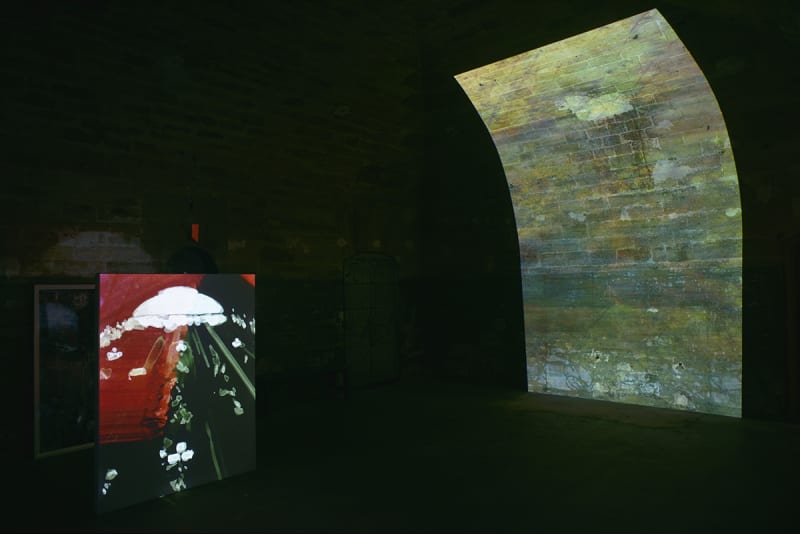
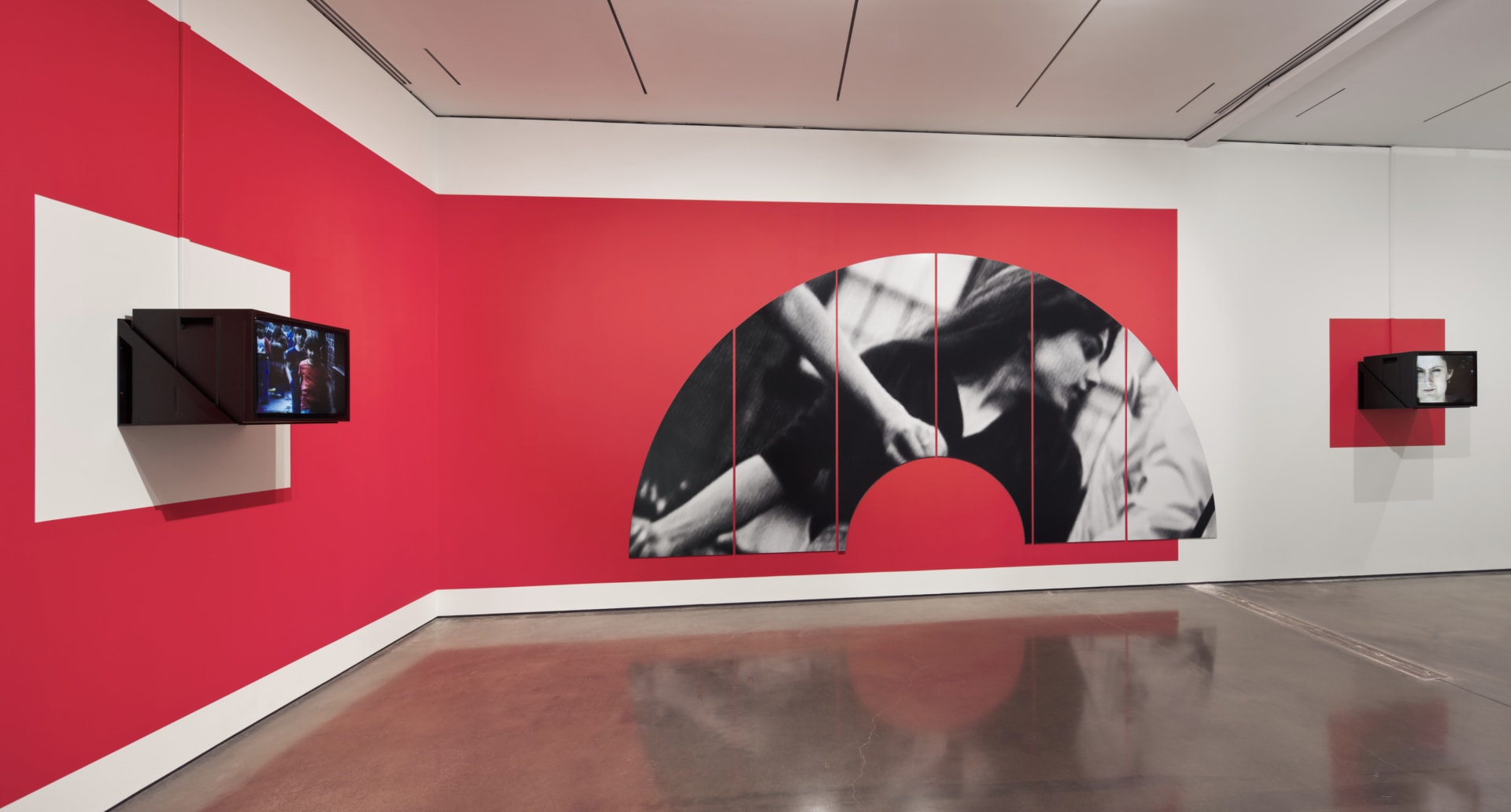

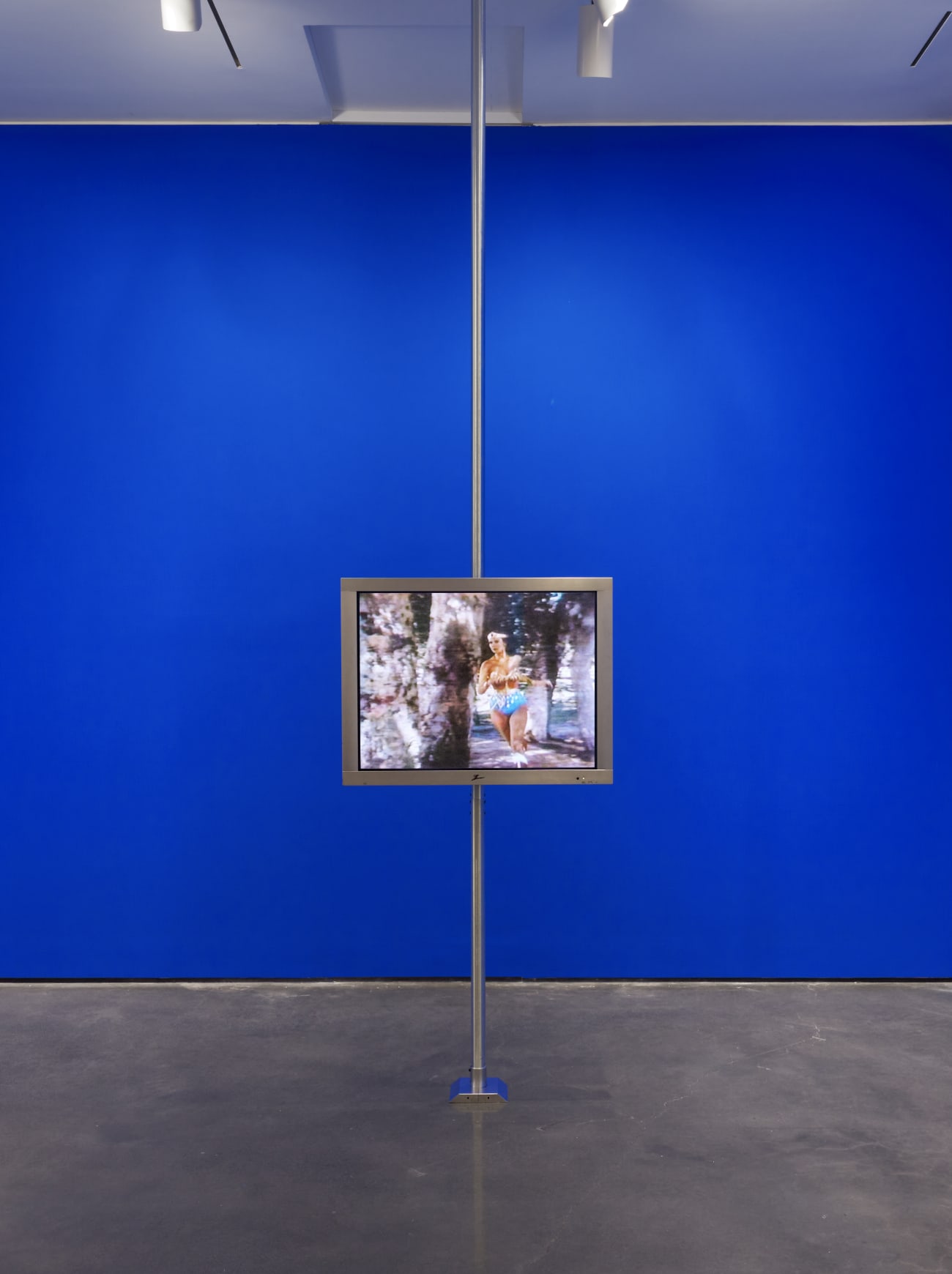
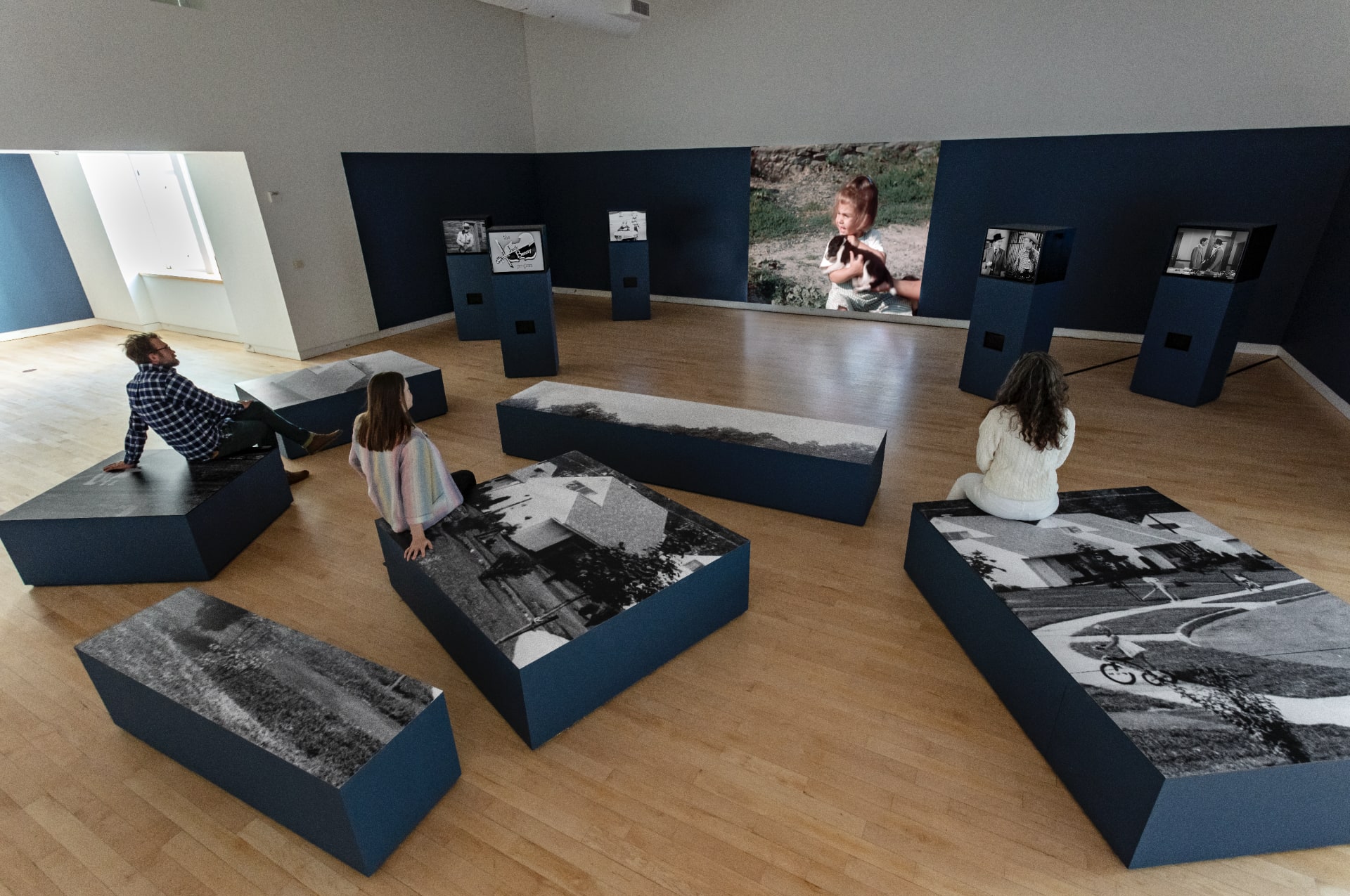
Dara Birnbaum
Biography
Dara Birnbaum’s pioneering video, media, and installation work has, over the past four decades, addressed the ideological and the aesthetic character of mass media imagery and has been considered fundamental to our understanding the history of media art.
Dara Birnbaum (1946-2025) was born in New York City where she lived and worked. She received a Bachelor of Architecture degree from Carnegie Mellon University, Pittsburg, a B.F.A. in Painting from the San Francisco Art Institute, and a Certificate in Video and Electronic Editing at the Video Study Center at the New School for Social Research, New York. Birnbaum's work has been widely exhibited, at venues including: Tai Kwun, Hong Kong (2023), the Fondazione Prada Osservatorio, Milan (2023); Museum of Modern Art, New York (2023; also 2008), MoMA PS1, New York (2019); National Portrait Gallery, London (2018); Cleveland Museum of Art, Ohio (2018), among many others.
Major retrospectives and surveys of her work have been presented at Belvedere Palace, Vienna (2024); Prada Aoyama, Tokyo (2023); Fondazione Prada, Milan (2023); Hessel Museum of Art, Annandale-On-Hudson, New York (2022); Miller Institute of Contemporary Art, Pittsburgh (2022); Museu de Arte Contemporånea de Serralves, Porto, Portugal (2010) and S.M.A.K. Stedelijk Museum voor Actuele Kunst, Gent, Belgium (2009). Her work was exhibited in Documenta 7, 8, and 9.
Birnbaum has been the recipient of various distinguished awards, such as: John Simon Guggenheim Memorial Foundation Fellowship (2021); The Rockefeller Foundation Bellagio Center Arts Residency (2011); the Pollock-Krasner Foundation Grant (2011); and the prestigious United States Artists Fellowship (2010). She is the first woman in video to receive the prestigious Maya Deren Award by the American Film Institute, in 1987. In February 2017, Carnegie Mellon University's School of Art created The Birnbaum Award in the artist's honor.
Dara Birnbaum’s pioneering video, media, and installation work has, over the past four decades, addressed the ideological and the aesthetic character of mass media imagery and has been considered fundamental to our understanding the history of media art.
Selected Works
Exhibitions

In Focus
News
Shop







